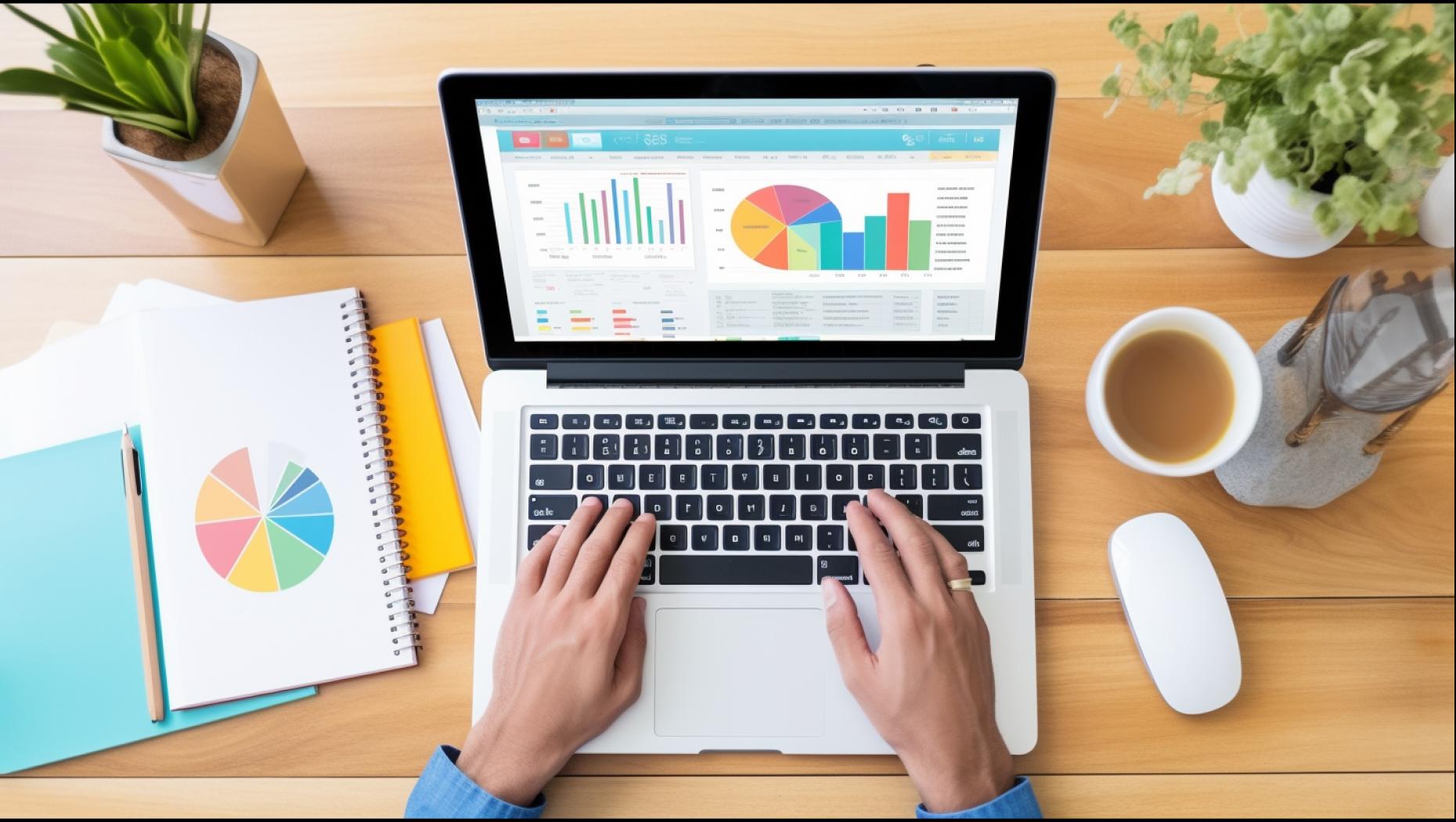Financial challenges and the uphill battle of debt management can seem overwhelming, especially with the pressures of rising living costs and the lure of impulse buys. This article is for you—the individual determined to take charge of your debts.
If you've noticed your flexible spending creeping up, you're not alone; there's no need to despair. We're here with five powerful strategies to reduce your variable expenses without compromising the quality of your life. Let's embrace this journey towards financial stability with clear, supportive, and proactive steps.
#1. Understand Your Spending Habits
First and foremost, let's dive into the heart of your financial flow: your spending habits. To get a grip on your finances, distinguishing between fixed and flexible expenses is crucial.
Fixed expenses, like rent, insurance premiums, or car payments, are consistent month-to-month.
Flexible expenses, on the other hand, are those non-essential costs you control and can change, cut back on, or eliminate to improve your budget. Things like how much you spend on food, eating out, fun activities, home bills, clothes, getting around, trips, pampering yourself, and new gadgets are some flexible expense examples. These periodic expenses can fluctuate and often provide the greatest opportunity for savings.
One approach that has garnered attention is the 80/20 split. You create a robust safety net by earmarking 80% of your income towards savings and debt payoff. The remaining 20% can be your 'fun money'—a guilt-free allowance for those non-essential expenses.
This method simplifies your budget and ensures that you're steadily working towards your financial goals while still enjoying life's pleasures.
To further clarify, let's look at a table that categorizes common expenses:
Fixed Expense | Flexible Expense |
Rent/Mortgage | Dining Out |
Car Payments | Entertainment |
Insurance | Clothing |
Loan Payments | Groceries (above basic needs) |
By identifying which expenses are essential, you can begin making more informed choices about where your money goes each month.
#2. Implement a Budgeting Strategy

Now that you understand the types of expenses you're dealing with, it's time to implement a budgeting strategy. Creating a monthly budget is a foundational step in managing flexible spending. It's like drawing a map to your financial treasure—a treasure that consists of peace of mind and a debt-free life.
Begin by listing your income and expenses, categorizing them as fixed or flexible. From there, allocate funds for your essential expenses first. Once those are covered, you'll have a clearer view of how much you can allocate for variable costs.
Plenty of budgeting tools and services are available to help you track your spending patterns and ensure you're sticking to your plan.
Remember, the goal of budgeting isn't to restrict your joy but to enhance your financial situation. When you know where your money is going, you can make choices that align with your priorities.
#3. Avoid Impulse Shopping

Let's talk about a major hurdle in managing flexible expenses: impulse buying. Did you know that 54% of US shoppers have admitted to spending $100 or more on an impulse buy? It's a common phenomenon that can quickly derail your budget.
To combat this, develop smart shopping habits. Before heading out or browsing online, make a shopping list and stick to it. Limit exposure to environments that trigger impulse purchases, whether that's a mall or your favorite online store's flash sale.
Here are some tips for mindful shopping:
Wait 24 hours before making a non-essential purchase.
Unsubscribe from marketing emails that tempt you to spend.
Track your spending triggers and actively avoid them.
Reflect on past impulse buys and consider their long-term value.
Restrict the use of your credit card to only essential purchases.
By incorporating these strategies, you'll foster a healthier relationship with spending and reinforce your commitment to reducing flexible expenses.
#4. Utilize Savings Accounts and Financial Tools
Another effective strategy for reigning in flexible spending is to use savings accounts and financial tools.
Savings accounts are not just a place to store your money; they can be a powerful vehicle for ensuring that a portion of your income is not readily available for discretionary spending. Automating transfers to your savings account can help you avoid the temptation to spend that money on non-essential items.
Furthermore, consider leveraging financial tools that can offer tax advantages. One notable example is the Flexible Spending Account (FSA). Contributions to an FSA are not subject to income or payroll taxes, which can lead to significant tax savings. By allocating funds for qualified medical expenses into an FSA, you reduce your taxable income and manage your healthcare costs more effectively.
There's a myriad of apps and services designed to help you allocate money towards savings and debt repayment. These tools often provide visual dashboards that can keep you motivated by showing your progress over time. Incorporating these resources into your financial routine can reduce your flexible spending and help you achieve your financial goals.
#5. Adopt a No-Spend Challenge and Other Creative Savings Techniques

Ready for a challenge? Adopting a no-spend challenge is a creative and highly effective method for tackling highly flexible spending. The idea is simple: you commit to spending money only on essential expenses for a set period. This means no dining out, no shopping for new clothes, no movie tickets—essentially, cutting out all non-essential spending.
The benefits of a no-spend challenge are two-fold. Firstly, it helps you save money in the short term. Secondly, and perhaps more importantly, it resets your spending habits. A no-spend challenge encourages mindfulness about your purchasing decisions and can lead to lasting changes in your behavior.
While the no-spend challenge may seem hard, it mustn't be an all-or-nothing ordeal. You can start with a no-spend day or week and gradually build up to more extended periods. The key is to find what works for you and your lifestyle.
In addition to the no-spend challenge, there are other creative techniques to save money on flexible expenses:
DIY projects: Instead of buying new ones, try fixing or making things yourself. This can apply to home repairs, gifts, and even some household items.
Couponing: Use discounts and coupons for groceries, clothing, and other variable expenses. It's surprising how much you can save with some planning.
Meal planning: Food and groceries are often a significant part of flexible spending. Planning your meals can avoid wasteful spending and reduce your grocery bill.
And remember to seek out free or low-cost entertainment options. There are countless ways to enjoy yourself without spending money, from community events to nature hikes.
Conclusion
Reducing flexible spending is vital for anyone looking to control their debt and improve their financial situation. You can positively impact your finances by understanding your spending habits, implementing a budgeting strategy, avoiding impulse purchases, utilizing savings accounts and financial tools, and adopting creative savings techniques like the no-spend challenge.
Remember, the goal is not to deprive yourself but to make conscious choices that support your financial well-being. Every step you take towards reducing your flexible spending is towards a more secure and fulfilling life.
As you embark on this journey, know that you're not alone. There's a community of individuals facing similar challenges and a wealth of resources available to help you succeed. Stay motivated, stay informed, and take control of your financial future—one smart choice at a time.


